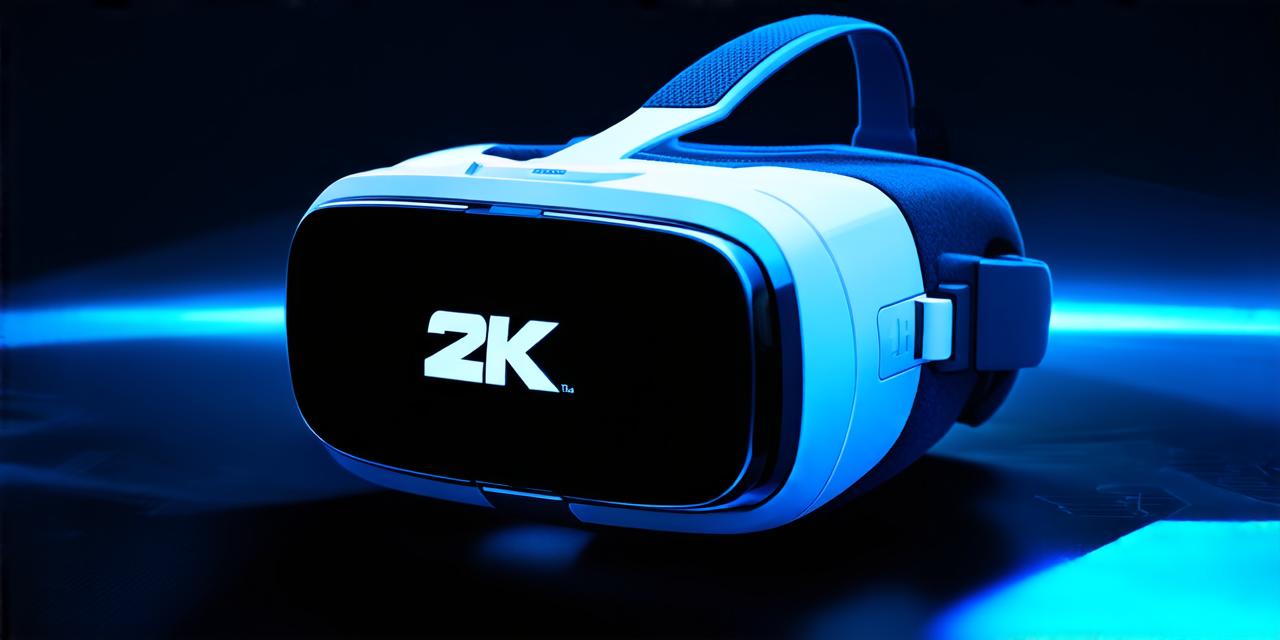What are Virtual Reality Headsets?
Virtual reality headsets are devices that enable users to experience a simulated environment in 3D. These headsets typically consist of two screens, one for each eye, which display stereoscopic images that give the impression of depth and three-dimensionality. The user wears the headset on their head and interacts with the virtual world using sensors, controllers or hand gestures.
History of Virtual Reality Headsets
The concept of virtual reality can be traced back to the 1960s when researchers first began experimenting with immersive displays. However, it wasn’t until the early 2000s that consumer-grade VR headsets became available. The first commercial VR headset, the Oculus Rift, was released in 2012 and quickly gained popularity among gamers and developers alike. Since then, several other companies have entered the market with their own VR headsets, including HTC, Samsung, and Sony.
Types of Virtual Reality Headsets
There are two main types of virtual reality headsets: standalone and PC-powered. Standalone VR headsets, such as the Oculus Quest 2, are fully self-contained and do not require a computer to function. They offer a more portable and user-friendly experience, making them popular among gamers and casual users.
PC-powered VR headsets, on the other hand, require a high-performance computer to run. These headsets, such as the HTC Vive or Oculus Rift, offer higher resolution graphics and more immersive experiences, making them popular among developers and professionals.
Applications of Virtual Reality Headsets
Virtual reality headsets have a wide range of applications across various industries. In the gaming industry, VR headsets provide an immersive gaming experience that allows players to fully engage with the game world. For example, the popular game “Beat Saber” can be played using VR headsets, providing a unique and interactive experience.
In the healthcare industry, VR headsets are being used for therapy and training purposes. For example, medical students can use VR headsets to simulate surgical procedures, allowing them to practice their skills in a safe and controlled environment. Similarly, patients with conditions such as PTSD or anxiety can use VR headsets to exposure therapy, helping them to overcome their fears in a controlled and supportive environment.
Virtual reality headsets are also being used in the education sector for immersive learning experiences. For example, students can use VR headsets to explore historical events or scientific concepts in a 3D environment, providing a more engaging and memorable learning experience.
In the entertainment industry, VR headsets are being used for virtual tours and experiences. For example, travel companies can use VR headsets to provide virtual tours of exotic locations, allowing users to experience the sights and sounds of these destinations from the comfort of their own homes.
Future of Virtual Reality Headsets
The future of virtual reality headsets looks promising as technology continues to advance. We can expect to see more advanced VR headsets with higher resolution graphics, more immersive experiences, and wider applications across various industries. As more developers explore the potential of VR, we can expect to see even more innovative and exciting uses for this technology.
FAQs
Q: What are virtual reality headsets?
Virtual reality headsets are devices that enable users to experience a simulated environment in 3D.
